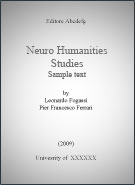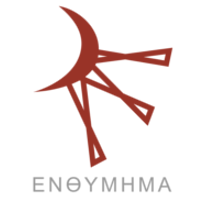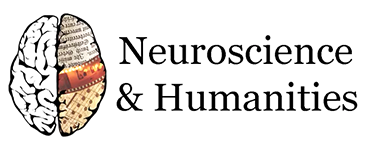
Last paper:
Grazia Pulvirenti, Renata Gambino, Neurohermeneutics. A Transdisciplinary Approach to Literature
- Peer review
- Submit a paper
- Suggest a paper
- Contact us
- Partner program
Neigel J.T. Thomas,
Are Theories of Imagery Theories of Imagination? An Active Perception Approach to Conscious Mental C
Year: 1999
Topics: Consciousness; Cognition;
Disciplines: Phenomenology;
DOWNLOAD PAPER
Download size: 778.05 KB
Can theories of mental imagery, conscious mental contents, developed within cognitive science throw light on the obscure (but culturally very significant) concept of imagination? Three extant views of mental imagery are considered: quasi-pictorial, description, and perceptual activity theories. The frst two face serious theoretical and empirical diffculties. The third is (for historically contingent reasons) little known, theoretically underdeveloped, and empirically untried, but has real explanatory potential. It rejects the "traditional" symbolic computational view of mental contents, but is compatible with recent situated cognition and active vision approaches in robotics. This theory is developed and elucidated. Three related key aspects of imagination (non-discursiveness, creativity, and seeing as) raise difficulties for the other theories. Perceptual activity theory presents imagery as non-discursive and relates it closely to seeing as. It is thus well placed to be the basis for a general theory of imagination and its role in creative thought.
Project
The Neuro Humanities Studies Network aims at creating a multidisciplinary research community in order to develop and structure a linking platform for neuro-scientific, cognitive topics and humanities.
Click on each keyword to show papers related with it.









